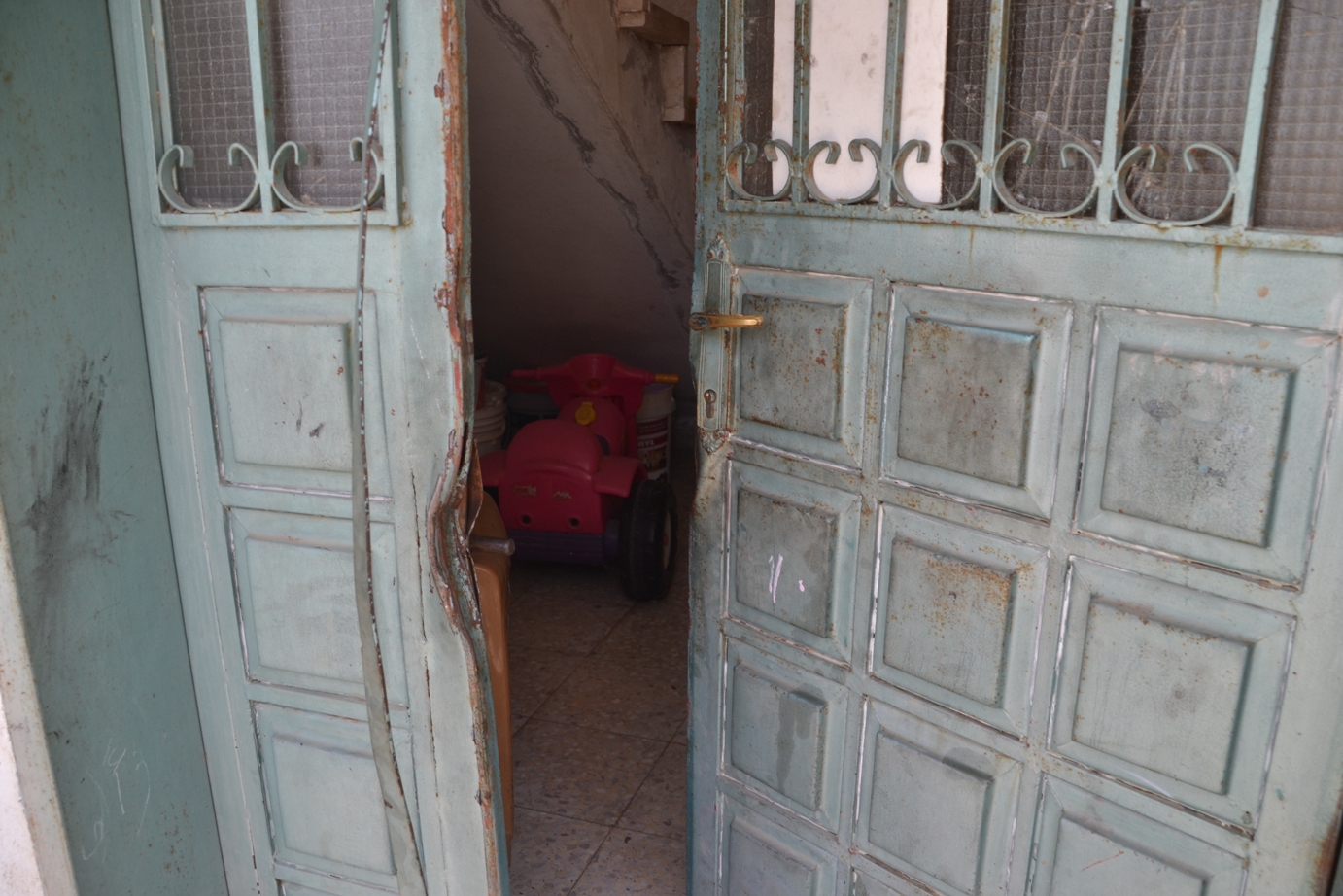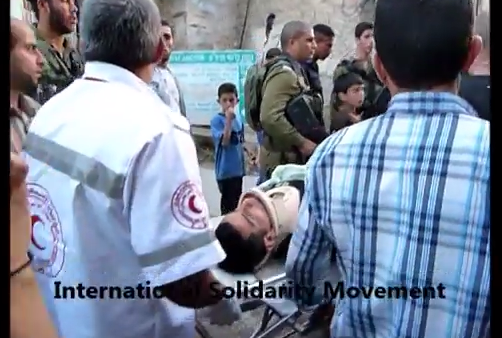Category: Reports
-
Israeli army arrests a further two people from Kafr Qaddum
23rd May 2014 | International Solidarity Movement, Nablus Team| Occupied Palestine During the night of the 23rd of May, approximately at 02:00AM, the Israeli army raided several houses in the town of Kafr Qaddum and arrested two people. Ryad Mohamad Eshtewi (40) and Fadi Baseem Jomah (27), both of whom are Palestinian police officers. Another two villagers were threatened…
-
VIDEO: Settler runs over a 17-year-old Palestinian in Hebron
22nd May 2014 | International Solidarity Movement, Khalil team | Hebron, Occupied Palestine Yesterday during the early evening, several Palestinian youths were riding bikes near checkpoint 56 in the Tel Rumeida area of Al-Khalil (Hebron). At around 7pm, one youth, 17-year-old Izz Adel Bedo, from the Jabal Al-Takruri area of Hebron was knocked off his bike and…
-
VIDEO: Israeli forces fire tear gas and stun grenades at children in Hebron
21st May 2014 | International Solidarity Movement, Khalil team | Hebron, Occupied Palestine This morning in al-Khalil (Hebron), several children threw stones towards Checkpoint 29 on their way to school. At approximately 07:40, 13 Israeli soldiers and border police officers entered through the checkpoint and fired four tear gas grenades and four stun grenades at the children. The…



